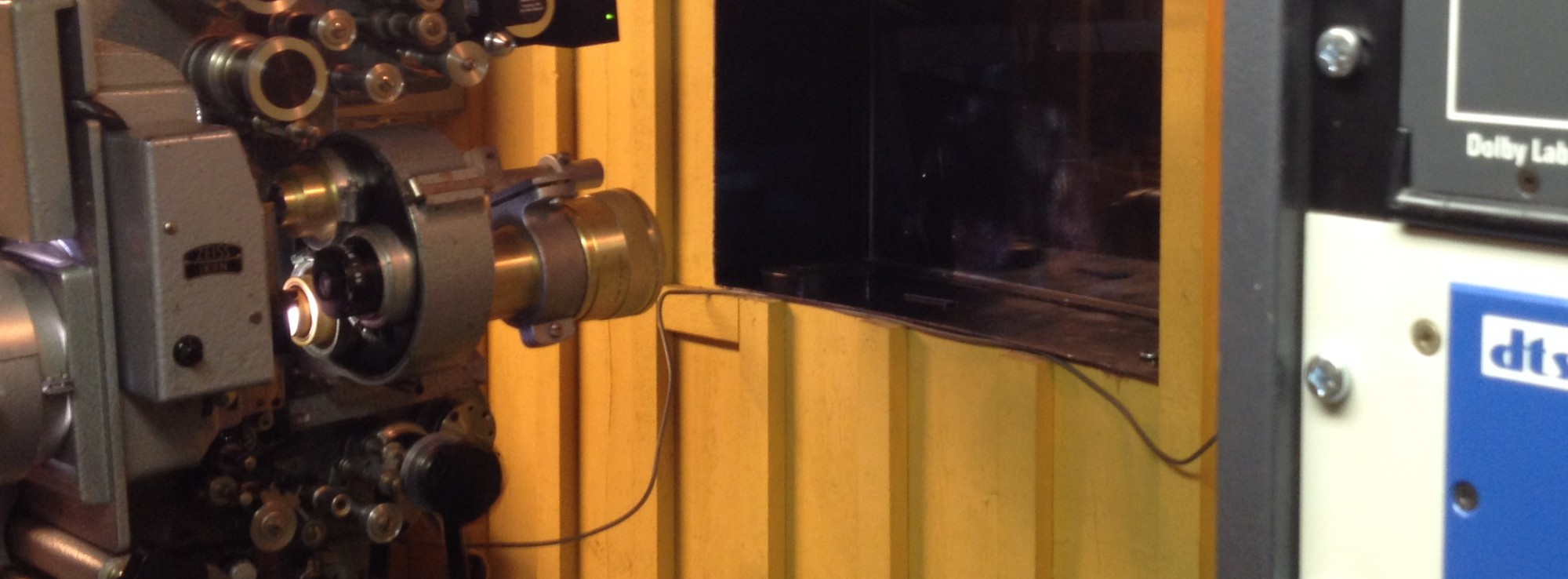I learned how to recover files from failed printer queues today. The printer in question, a HP Laserjet, had been offline for two weeks at least but Windows 7 had happily added to the queue in the meantime, never bothering to tell the user – my wife – that it had somehow managed to disconnect the printer from its local network. The other computers in the household – a couple of Macs and Linux boxes – had no issues.
The observant reader might, of course, ask the obvious question: how come it took her two weeks to notice? It is a good question, with the answer being that in this household, things get printed out and then forgotten. The printer is in our basement and apparently it’s easier to think “I’ll grab it later” than to make sure the printout is OK. In other words, most of the printouts really aren’t all that important.
This time around, she had printed out a receipt for my son’s online purchases for the up and coming film festival. Several shows were at stake; he had spent a lot of money. The receipt was needed because there was no confirmation email in my son’s inbox (he had probably entered the wrong email address) and the box office, of course, requires some sort of proof of purchase before handing out the physical tickets. All this brings us neatly back to the printer queue with two dozen files in it, none of which was any closer to reaching the printer today than two weeks ago. The printer tray was empty.
Panic ensued and I was enlisted to see what could be done. I found the printer spool in Windows\System32 and was soon able to locate the right date and the prime candidate file, a Windows SPL file, that is, a file in Windows printer spool format. A quick glance in a text editor confirmed that it was indeed a receipt, but how should one read an SPL file? Or would it be better to troubleshoot Windows 7 for printer connectivity.
The latter, I knew, was almost guaranteed to require a reinstall of the printer drivers, most likely resulting in a deleted queue and I wouldn’t be anywhere closer to a solution.
The former, however, turned out to be easy. All I had to do was download something called SPLView, a printer spool file reader, open the SPL file in the program and print it out from there. Once I had reinstalled the drivers, that is.
